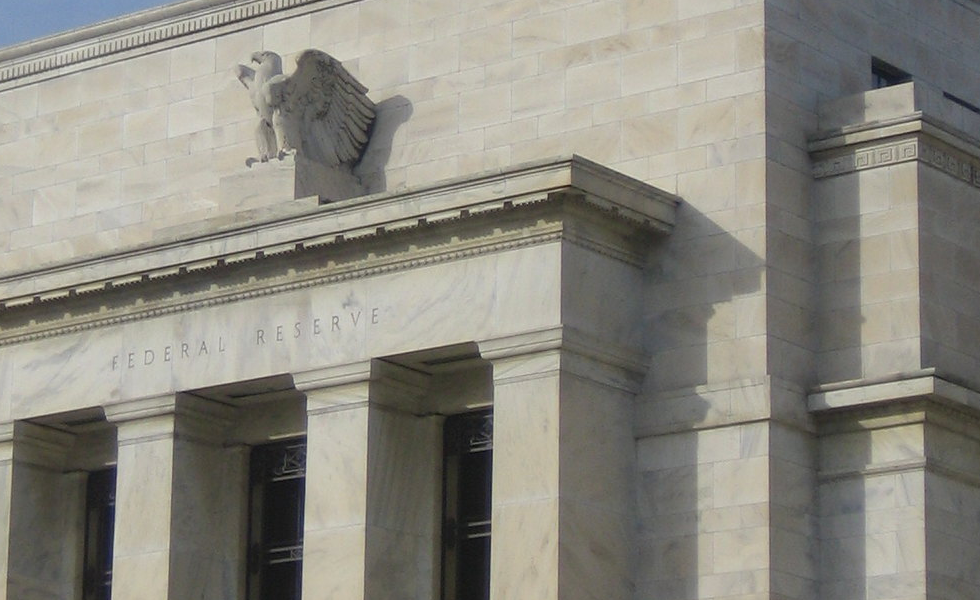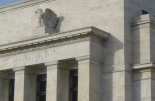Payden & Rygel: The Fed's unchanged policy rate
Payden & Rygel: The Fed's unchanged policy rate

The Federal Reserve kept its policy rate unchanged at the July FOMC meeting, and Fed Chair Powell kept his cool at the post-meeting press conference when faced with a barrage of questions about the Fed falling behind the curve.
The Federal Open Market Committee (FOMC) held rates steady at its July policy meeting by unanimous decision. In the policy statement, policymakers acknowledged 'some' improvement in inflation and that the unemployment rate 'has moved up but remains low', pledging to be attentive to 'both sides of its dual mandate' rather than solely focused on inflation.
When Chair Powell stepped to the podium at the post-meeting press conference, though, he endured a cacophony of voices wondering whether the Fed was already behind the curve. Powell admitted that to 'go too soon…you undermine progress on inflation'. However, Chair Powell quickly added that 'wait too long…and you put at risk the recovery'.
So, it’s a balancing act, weighing the policy risks to inflation and unemployment.
Ultimately, it’s a judgment call made by policymakers under uncertainty, and as of July, nobody in the room ('voters and nonvoters', he said) wanted to make a move. But his words did little to quell the anxiety of those gathered in the room, many of whom clearly have another path for the economy in mind.
Powell was quizzed on the labor market’s apparent deterioration as framed by the Sahm Rule. Powell responded: 'We're aware of the [Sahm Rule]...I would call it a statistical thing that has happened through history. A statistical regularity… It is not an economic rule where it is telling you something must happen.' Instead, he suggested that rather than deterioration, the labor market was 'in better balance' and 'strong, but not overheated'.
Reporters also pressed Powell on 'anecdotal evidence' of the labor market slowdown. He was unconvinced, saying, 'The picture [from anecdotal data] is not one of a really bad economy. It is one of spots of weakness and…where growth is stronger than other regions.'
With a July move off the table, some wondered, isn’t a September rate reduction now assured? Powell again stressed that a decision had yet to be made, saying: 'If we get the data that we hope we get, a reduction or policy rate could be on the table at the September meeting', emphasizing that the 'totality of data', not a single data point, would drive the decision. But, he went on, 'Certainty is not a word that we have in our business…We get a lot of data between now and September. It is going to be the totality of the data…and how it is affecting the outlook and balance of risk.'
What about beyond September? Surely, the Fed cannot afford to wait much longer, the thinking goes. Powell demurred from expressing thoughts beyond September, suggesting that it’s impossible to know what path the fed funds rate might tread, but batted away expectations of a 50 basis point first-rate cut.
Would the Fed shy away from a move near the fall Presidential election? Powell responded, 'No, we do not do that…This is my fourth Presidential election at the Fed…Anything that we do…will be based on the data, the outlook, and the balance of risks and not on anything else.'
The bottom line is that the press conference questions reveal the overwhelming consensus that the labor market is rolling over and that the Fed needs to get with the program and start cutting rates. In the words of former Fed colleague Bill Dudley offered up by one reporter, the Fed should 'quit dawdling' and get to cutting rates.
But we’ve seen this movie before. Last December, after a string of soft inflation readings, the press corps pestered Powell with questions about why he was delaying rate-cutting action. Powell must have remembered the day, as he referenced it, saying, 'We [could]…go ahead and cut after the seven good months of last year. We didn't. We said we needed to see more. Then we saw some higher inflation.'
So, we find ourselves in a familiar position versus the market consensus. We think a September rate cut could happen, but we’re not as confident as the market at a 106% chance of a 25 basis point cut.
Beyond September, we think the unemployment rate will stay at or below 4% by year-end—we’ll get an update on Friday and another one before the Fed reconvenes in September. But the market already implies ~3.5 cuts by January 2025 and seven by December 2025, so the consensus is convinced of a more adverse labor market outcome than we envision.
As Powell expressed, it is a balancing act. While the Fed balances the two risks, the market seems convinced the scales have already tilted in one clear direction.








